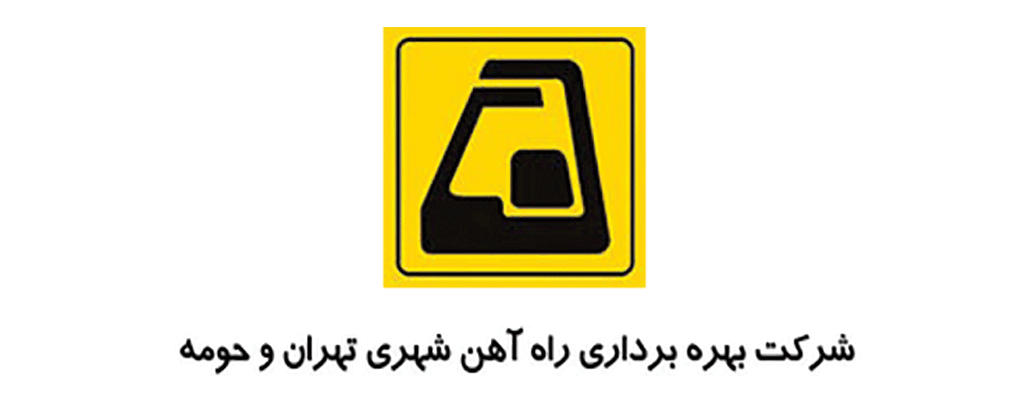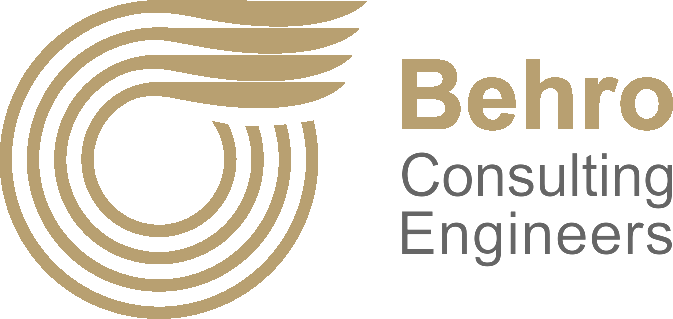
Tehran Urban & Suburban Railway Operation Co.
The first mention of railway transport for inner-city traffic in Iran probably dates back to the time of Nasser al-Din Shah Qajar. At that time, an urban tram was one of the points foreseen in the charter that "Baron Julius de Reuters" made on paper in 1872. Of course, the Reuters colonial concession was revoked before implementation due to internal protests and Russian opposition.
50 years later, during his last trip abroad, Nasser al-Din Shah, seeing the city traffic of foreigners and their use of wagons inside the city, which used horses to pull instead of steam engines, thought of importing this public vehicle in Tehran. He signed a contract with a Belgian company to build a horse-drawn carriage in Tehran, and brought the first urban rail vehicles to Tehran by transferring its rails and wagons. These wagons were towed on rails less than one meter gauge, installed on the ground with two to four horses (depending on the slope of the streets) and people could travel with it from the city gate of Rey to Baghshah.
The first plans for the establishment of current Tehran metro date back to 1971. In October 1974, studies related to solving traffic problems in Tehran by foreign consulting companies, Sofrito, resulted in the proposal of a metro with 7 lines. Based on these studies, construction of metro was determined as the most basic solution to improve traffic. French companies started the construction of metro line 1 in the north of Tehran (now Shahid Haghani Highway) in 1977. Construction of metro continued until December 1980 with the construction of 2300 meters of tunnels and part of the structure of 3 stations between Shahid Haqqani Highway and Shahid Beheshti Street, but at this time, following the Iran-Iraq war, representatives of foreign companies left Iran and In the late 1981, the Cabinet announced the complete cessation of the project by foreign consultants. After the need to metro in Tehran Friday prayers was raised by Ayatollah Hashemi Rafsanjani, the Head of Parliament, April 1985, the Cabinet approved the implementation of Tehran Metro project and construction of metro resumed in Tehran. First metro plan included construction of Line 1 (Mirdamad - Holy Shrine), Line 2 (Dardasht - Sadeghieh) and suburban route of Line 5 (Tehran - Golshahr) with a total length of 90 km and 52 stations. The executive activities of this plan started in 1987.

Mr. Ebrahimi, managing director of Tehran metro Co. at the time, who was in charge of construction of Tehran metro from 1986 to 1997, says about those days: “In 1986, everyone was against the construction of metro. Even the building of metro company was handed over to the Ministry of Interior. No one even gave a room. The work started from the prayer hall. There were no drawings until a number of drawings were found in the prayer hall. When we tracked down the rest of the maps, it turned out that a greengrocer had bought the maps.
In 1995, due to completion of some construction works, a contract was signed to supply train equipment, and at the end of March 6, 1998, the first metro line of Tehran, Line 5, which connect Tehran to Karaj, was put into operation. Since then, every year, a part of Tehran metro has been completed, so that now Tehran and suburbs metro have 130 opened stations, and from the beginning of operation to the end of 2019, 9,252,950,809 trips have been made with it.
The main slogan and mission of the company:
"Providing mass rail services with accuracy, safety, speed and maximum satisfaction of stakeholders"
